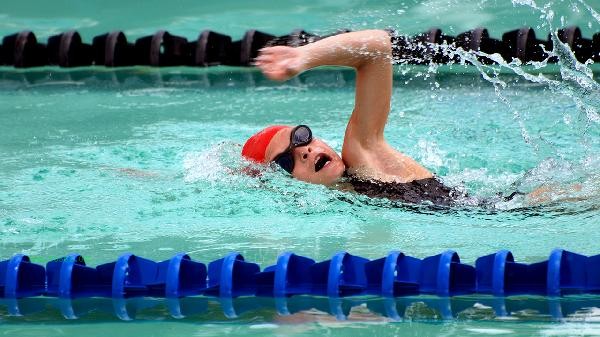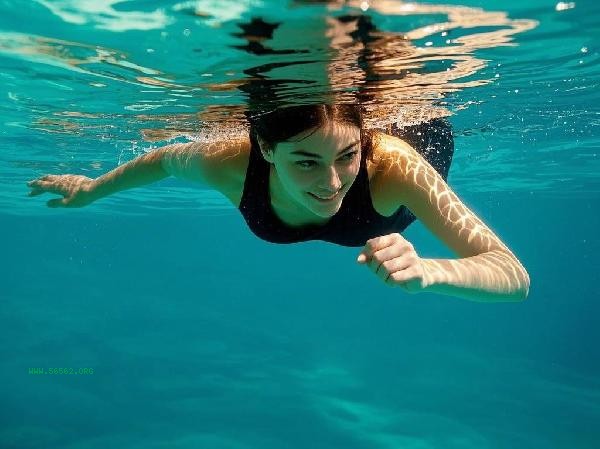There is usually no national mandatory regulation on the frequency of water change in swimming pools, and the specific cycle needs to be adjusted comprehensively based on factors such as water quality testing results, number of users, and filtration system efficiency. The main reference criteria include water quality standards of the health department, performance of circulating filtration equipment, and seasonal differences in usage intensity.

Public swimming pools generally adopt a 24-hour circulation filtration combined with regular replenishment of new water, rather than complete replacement. According to the current regulations on public health management, free residual chlorine should be maintained at 0.3-1.0mg/L, and the turbidity should not exceed 1NTU. When the detection indicators exceed the standard, immediate action should be taken. A competition pool equipped with an efficient filtration system may only require partial water replacement after several months, while a children's pool with high foot traffic during the summer may require a weekly replenishment of 20% new water. Some high-end venues will install ozone disinfection or ultraviolet sterilization devices, and the water change cycle can be appropriately extended. If there is no automatic filtration device in a small family swimming pool, it is recommended to replace one-third of the water volume every three days. When algae are prone to grow during rainy season or high temperature weather, it is necessary to increase the frequency of water replacement. In special circumstances, if the water appears significantly turbid, suspended solids increase, or the disinfectant has a strong irritating odor, the water should be immediately replaced thoroughly and the pool walls cleaned. Due to skin sensitivity and hygiene requirements, the water in the infant play pool should be changed on the day of use.

Maintaining the cleanliness of the swimming pool cannot rely solely on the frequency of water changes. It is necessary to regularly monitor indicators such as pH value and urea content, and promptly clean up floating debris on the water surface and sediment at the bottom of the pool. Swimmers should consciously take a shower before entering the pool and avoid carrying pollutants such as sweat and cosmetics. It is recommended to choose a legitimate swimming venue equipped with real-time water quality monitoring display screens. If any discomfort such as skin itching or eye pain is found, the use should be immediately stopped and feedback should be given to the management personnel.







Comments (0)
Leave a Comment
No comments yet
Be the first to share your thoughts!